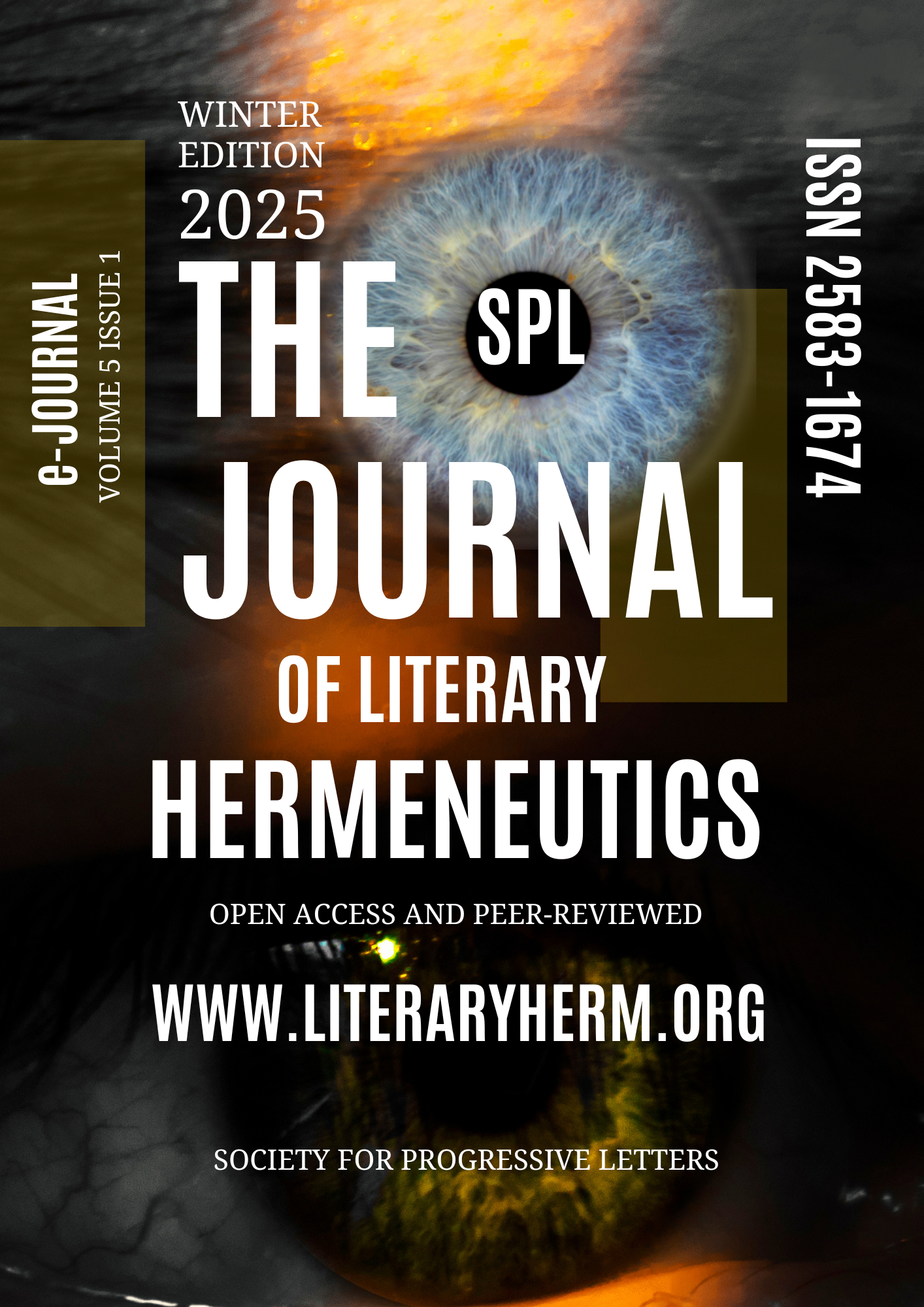The Lights of History in Indu Sundaresan’s Shadow Princes
Keywords:
Mughal history, Architecture, Lavishness, Love, Powerful political lifeAbstract
Aims: In this paper, the aim is to identify various issues such as historical, cultural, economic, artistic, religious, political, and social forces. The article focuses on Indu Sundaresan's novels through a new historical perspective. Sundaresan's historical discourses provide the history of the Mughal Empire as a lived experience for readers. This article exposes the histography and presents an in-depth study of how Sundaresan attempts to bridge the gap in representing women's roles in her historical fiction novels.
Methodology and Approach: The authors have consulted both primary and secondary sources as part of their research. Furthermore, the researchers have applied New Historicism theory in this work, with the intention of bringing out the perspectives of both the text and history.
Outcome: Through this paper, the researchers have found that examining the gender hierarchy that charts the lives of women denied agency in the fiction of Indu Sundaresan provides insight into understanding the historical values, thoughts, needs, desires, and relationships of the women portrayed.
Conclusion and Suggestions: To sum up, Shadow Princess leaves behind the readers with a great mix of Mughal history, architecture, love, food, luxury, lavishness, clandestine, policies, taxations, Harems, Zenena, siblings dispute, betrayal, confinement, unconventional attitudes and of course Jahanara’s staunch, selfless yet powerful political life. Every aspect in Shadow Princess can be brought and examined under the historical lens and provide an exemplary example for perfect historical reconstruction.
Downloads

Published
How to Cite
Issue
Section
Copyright (c) 2025 A. Raja

This work is licensed under a Creative Commons Attribution-NonCommercial 4.0 International License.












